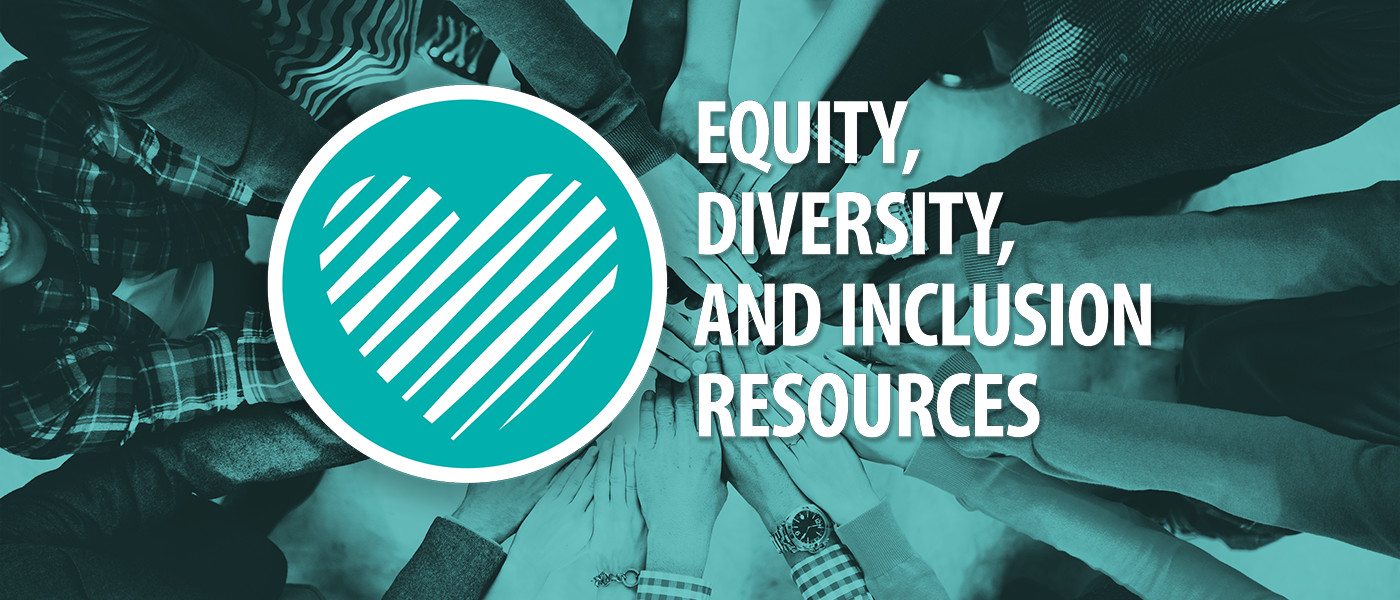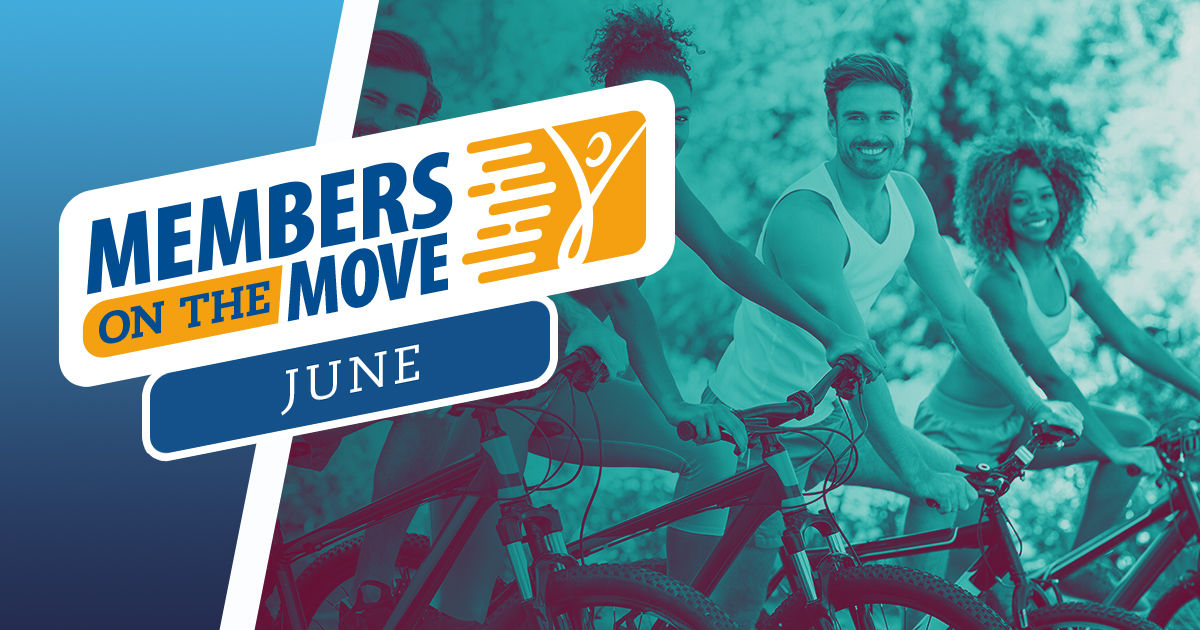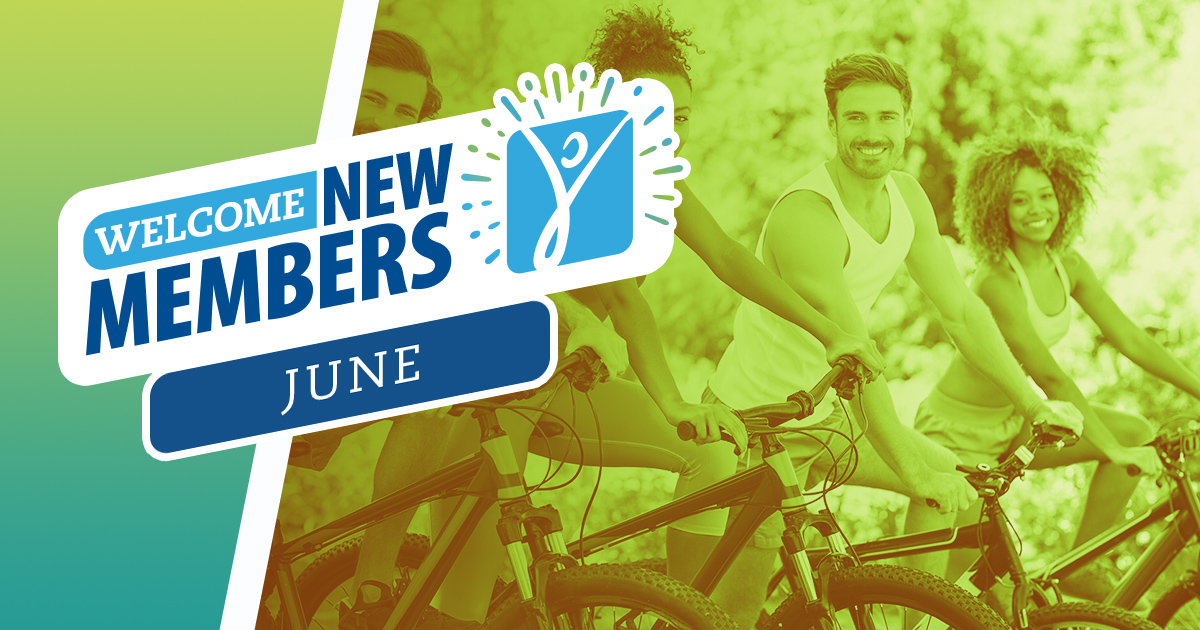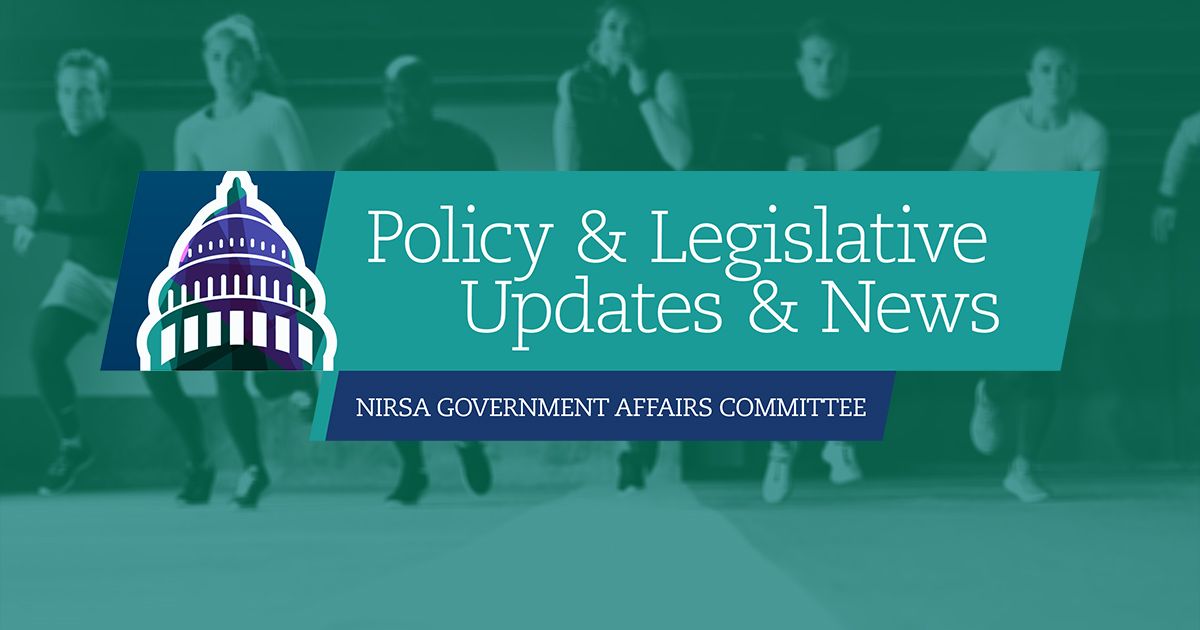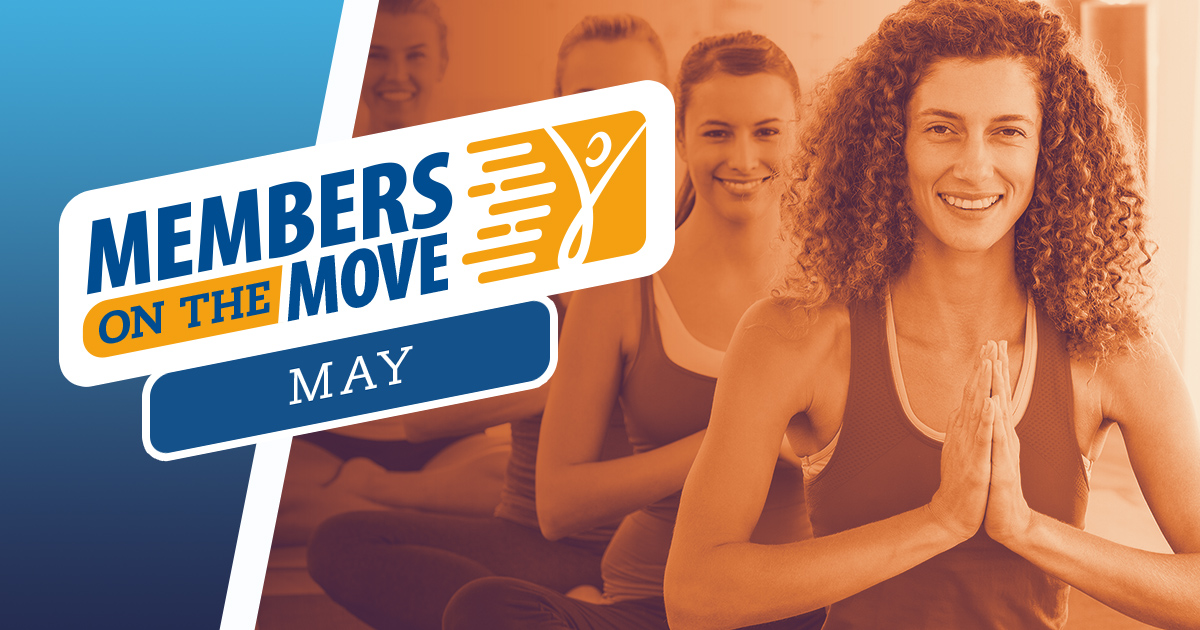On behalf of NIRSA’s Equity, Diversity, and Inclusion Commission, I invite you to take some time this week to review the resources below. Whether you choose to integrate them into an upcoming staff training or you are simply reading them to expand your understanding on the vital topics of equity, diversity, or inclusion, these resources can help shape your perspective on social justice.
As we work to promote equity, diversity and inclusion with our staff teams, it is important to educate and provide awareness surrounding gender norms, gender bias, and gender stereotypes.
By Spike Lee | Short of the Week
Directed by Spike Lee, this 16-minute video features 13-year-old, baseball World Series star Mo’ne Davis. She amazed sports fans in the summer of 2014 with her 70 MPH fastball, was on the cover of Sports Illustrated, and her story was highlighted on ESPN. This short film focuses on Mo’ne’s defiance of gender stereotypes through the platform of sport.
This would be an excellent visual presentation for staff or students to watch. You could later discuss and focus on other gender stereotypes and how they present themselves in the campus recreation environment. This could be used as a small portion of a larger discussion on gender bias and/or gender equality.
By Michael Kimmel | TED Talk
Michael Kimmel, sociologist and scholar focusing on men and masculinity, uses humor and real-world examples to make the case for treating men and women equally. He carefully explains how doing so is a win for everyone, rather than a zero-sum game where someone has to lose something in order for someone else to gain. This video also touches on the areas of race and privilege.
This is a fantastic Ted Talk that a manager or supervisor could use with their full-time staff. It uses humor to open the door to the discussion on gender equality and privilege, which makes it a great tool to start the conversation, especially if anyone in the room is inexperienced with these topics.
By Colin Stokes | TED Talk
Using popular movies, Colin Stokes, director of communications for the non-profit Citizen Schools and proud dad, discusses how children often grow up with the notion of what a man and what a woman should be. These norms continue outside of movies, but are placed into their imaginations at an early age.
This is another video that could be utilized in staff trainings as an entry point to a larger conversation on gender norms, bias, and equality. It uses familiar examples to help make a complicated and nuanced topic more accessible.
By Alia E. Dastagir |
USA Today
This video is brief but the article and its included links do a great job of exploring how boys and girls “from Baltimore to Beijing” are encouraged to have very different life experiences. As those children grow into adults, their early experiences form the lens through which they view the world—and that they bring to their college experience. The article also supports its claims with research, such as “A Global Perspective on Gender Roles and Identity” and “It Begins at 10: How Gender Expectations Shape Early Adolescence Around the World,” both from The Journal of Adolescent Health.
These are great resources to explore when discussing where gender norms start and how gender bias is created at a young age. Anytime you want to dig into an EDI topic more in depth, the historical perspective (in this case, where and when gender bias starts) can help staff and/or students understand the material and information better.
Add your voice to the conversation
We encourage you to connect with colleagues from across North America on this important topic. Join NIRSA’s Equity, Diversity, and Inclusion Community of Practice today to find more resources or to participate in the online discussion.
Stephanne Musser is currently the Assistant Director of Fitness Programs and Services at The Ohio State University.


